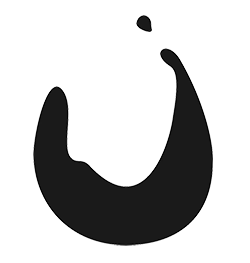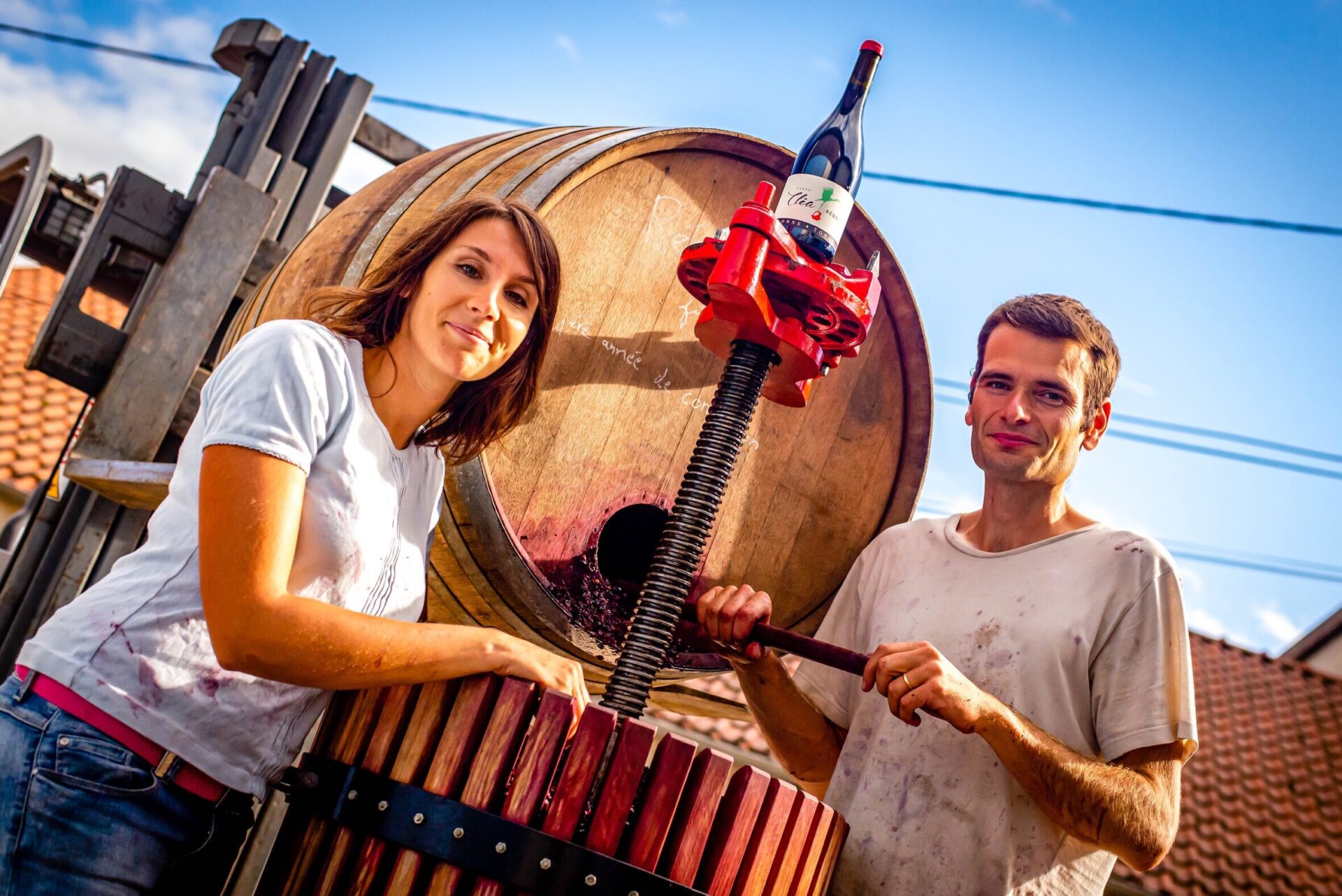2019 Domaine de La Bonne Tonne ‘Côte du Py’ Morgon Beaujolais
This rich and juicy Gamay checks all of our boxes. It’s fruit-forward and thirst-quenching, yet structured enough to stand up to a variety of foods.
Organic/biodynamic farming practices, hand-harvested, native yeast fermentation, unfined/unfiltered, and no sulfites were added. Less than 200 cases produced.
$45.00
Out of stock
Domaine de la Bonne Tonne has been in the Grillet family for seven generations.
Anne-Laure Grillet and Thomas Agatensi joined the winery in 2019, bearing the torch from Marcel Grillet as the 7th generation winemaker at Domaine de la Bonne Tonne. Although 2019 only marks Thomas’ first vintage on his own, his conviction to earnestly represent the best climat of Beaujolais is palpable.
The winery has been practicing organic farming methods since 2003, certified organic since 2006, and is utilizing different biodynamic preparations since 2007. The winery is composed of 6.5 hectares, with 4 hectares in Morgon, and 2 hectares in Regnié, along with a touch of Beaujolais Blanc.
After working as a solar panel engineer in Switzerland for 5 years, Thomas briefly worked for Bret Brothers in Macon before moving back to his childhood hometown with Anne-Laure to settle back at Domaine de la Bonne Tonne to take over the family Domaine from Marcel.
Thomas takes his inspiration from supportive natural winemakers in the area such as Jean-Louis Dutraive, Paul-Henri Thillardon and Yann Bertrand. All wines are farmed organically with indigenous yeast and made with a minimal dosage of SO2 right before bottling. For vinification, whole-cluster grapes are cooled off in small batches before semi-carbonic maceration, and then the wines are aged for 8-9 months in old 600 L foudres.
GAMAY
The main variety planted, almost exclusively, in Beaujolais, France. Fruity, floral and uncomplicated this light-bodied red is a sure pleaser for the masses. Notably higher acid, low tannin, and aromatic, Gamay is a good pair with just about any manner or style of dishes. Drinkable young, affordable, and delicious, what’s not to like?
BEAUJOLAIS, FRANCE
Beaujolais is a small region in France located just south of Burgundy. The region is well-known around the world for specializing in the red grape, Gamay. Although, red, rosé, and white wines can be made here. Beaujolais has an ideal climate for the early budding and ripening Gamay, but producers have to be mindful of keeping their yields limited. As most regions in France, Beaujolais has their own hierarchy of appellations within the region. From the bottom to the top if hierarchy for labeling purposes is regional Beaujolais (bottom), Beaujolais Villages, then Beaujolais crus (top). Four of the greatest cru regions within Beaujolais that you’ll find readily available are Brouilly, Morgon, Fleurie, and Moulin-à-Vent. The lovely Gamay grape is generally fruity with fragrant aromas of raspberry and red cherry and has a lighter body style. It is usually best to consume this easy-drinking wine at a young age; we’d even suggest trying it at a slightly chilled temperature! There is even a separate particular style with its own name, Beaujolais Nouveau, that is specifically made for early drinking. Interesting fact: Beaujolais Nouveau cannot be released to consumers until the third Thursday in November after the vintage (year), and cannot be sold after the following 31st of August. If you love a light, porch-pounding red wine, make sure you get your hands on one of these!






